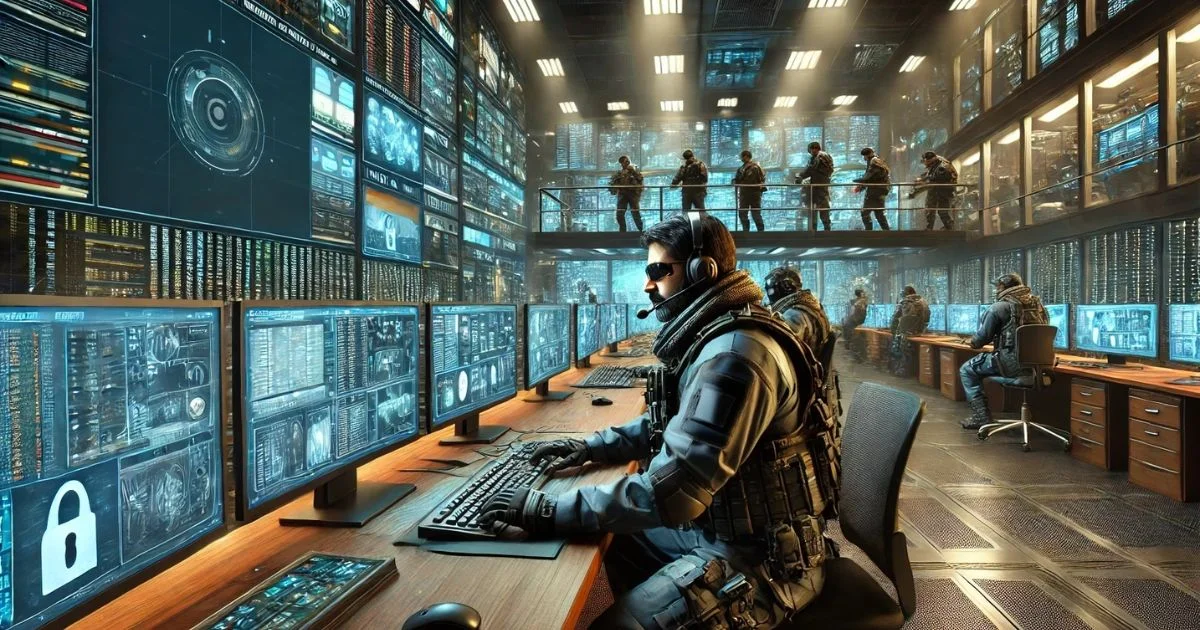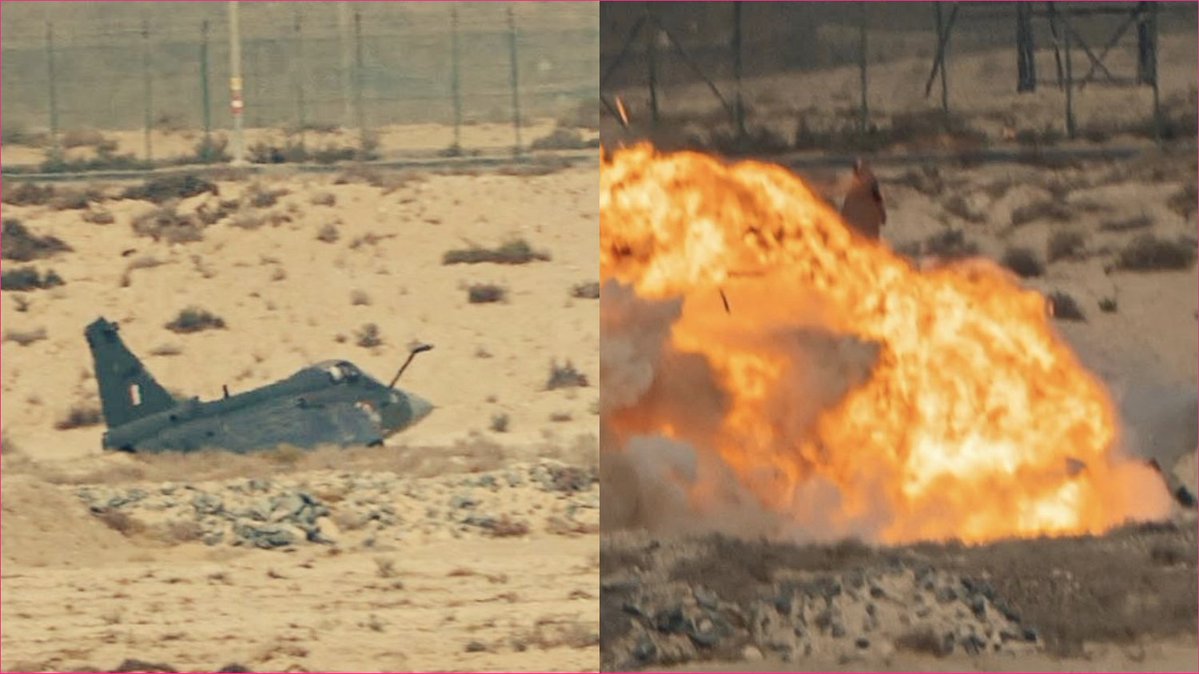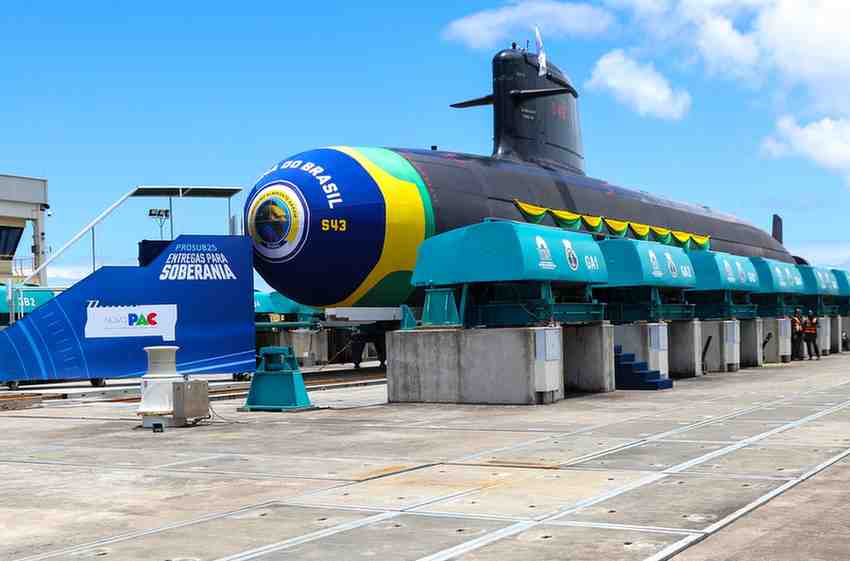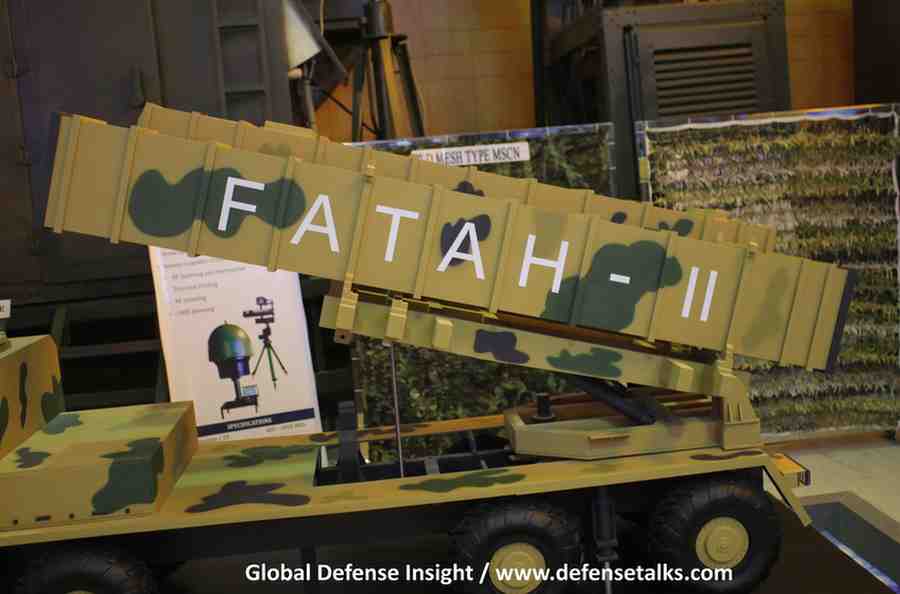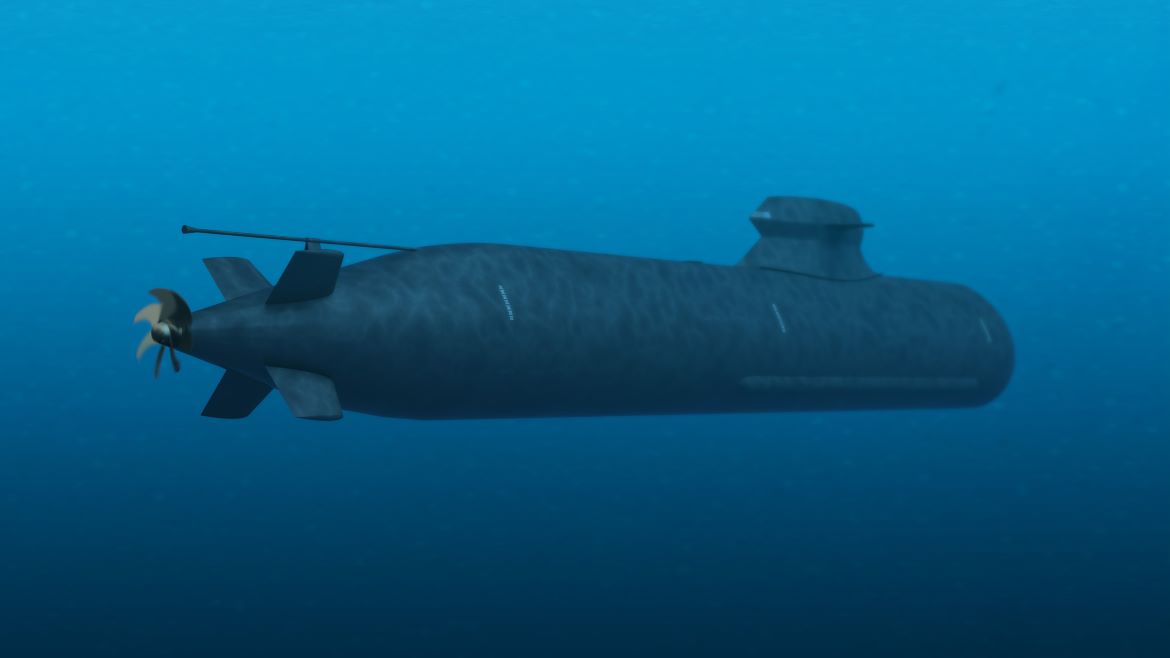In modern warfare, the decisive battles are no longer fought solely in the air, on land, or at sea—they are fought invisibly, at the speed of light, inside the networks that underpin military and civilian life. Offensive cybersecurity, long treated as an optional capability, is now a strategic imperative.
From Israel’s 2007 penetration of Syrian air defenses without a single missile fired, to the Stuxnet malware that set back Iran’s nuclear program by years at a fraction of the cost of a conventional strike, the evidence is overwhelming: cyber operations can achieve strategic results faster, cheaper, and with less escalation risk than traditional military force.
The economic calculus is brutal. A single fifth-generation fighter aircraft can cost over $100 million and take years to train pilots for. In contrast, a well-planned cyber operation can be developed for a fraction of that amount, produce strategic effects, and leave adversaries guessing at the source of the attack. This is why advanced militaries are shifting focus from treating cyber as an adjunct to seeing it as a central pillar of national power projection.
Table of Contents
ToggleWhy a “Digital Arsenal” Is No Longer Optional
Cyber operations provide more than disruption—they grant “root access” to the adversary’s decision-making ecosystem. Penetrating enemy networks can reveal not just intentions and capabilities, but also their operational tempo, logistical constraints, and political calculus.
These operations, when integrated with conventional forces, create effects greater than either could achieve alone. The suppression of Syrian radar in 2007 made a high-risk airstrike a near-certainty for success. In Ukraine, coordinated cyber and kinetic actions have disrupted Russian battlefield communications, opened fleeting tactical windows, and shaped operational outcomes.
Persistent network access—often established years before hostilities—allows a state to begin a conflict with an immediate advantage, undermining an adversary’s defenses from the first hour. In cyber warfare, preparation is not a phase of conflict—it is the conflict.
Three-Phase Model for Building Offensive Cyber Power
Developing credible offensive cyber capability cannot be improvised. It must be built methodically, with strategic patience and rigorous discipline.
Phase 1: Foundations (Years 1–2)
-
Talent over tools: Recruit and retain operators who combine technical skill with strategic judgment. Build career pathways, competitive pay, and constant training.
-
Unified command: Establish a Joint Cyber Command with clear authority over offensive operations and no duplication of effort.
-
Legal and ethical architecture: Codify rules of engagement, align with international law, and institute independent oversight to ensure legitimacy before the first operation is launched.
Phase 2: Integration (Years 3–4)
-
Controlled capabilities: Develop offensive tools with precision, safety measures, and redundancy.
-
Joint force training: Embed cyber effects into every major exercise. Teach commanders how to synchronise cyber with fires, ISR, and manoeuvre.
-
Cyber diplomacy: Expand allied cooperation, intelligence sharing, and public doctrine transparency to reduce miscalculation and build deterrence.
Phase 3: Operations (Year 5+)
-
Proactive deterrence: Disrupt adversary capabilities before they are deployed, within legal and proportional limits.
-
Strategic shaping: Use cyber to enforce sanctions, counter disinformation, frustrate illicit finance, and enhance combined arms operations.
-
Continuous evolution: Maintain a research-and-development cycle faster than the adversary’s adaptation rate.
The Strategic Advantages
-
Legitimacy: Embedding legal and ethical controls from the outset ensures domestic and international credibility.
-
Risk management: A phased approach allows doctrine and controls to mature before crises test them.
-
True integration: Cyber becomes a seamless part of national power, aligned with intelligence, diplomacy, and kinetic operations.
-
Durability: Talent, doctrine, and institutional capacity outlast any single exploit or vulnerability.
The Bottom Line
Offensive cyber power is no longer the preserve of the most technologically advanced states—it is the next decisive domain of warfare. Nations that build disciplined, integrated, and lawful cyber capabilities now will define the rules of engagement for decades. Those that delay risk fighting tomorrow’s wars with yesterday’s tools.
A “Digital Arsenal” built deliberately, governed wisely, and integrated fully into national defense strategy is not just an asset—it is the cornerstone of strategic relevance in the 21st century.

Lars Hilse
Lars G. A. Hilse is an independent political/corporate advisor, and expert/witness in information security with a focus on the risks of cyber terrorism, and cyber warfare, and their impact on the security of critical, national/global infrastructurewith degrees in electrical engineering, and finance.
He maintains close cooperations withmilitary, law enforcement, and the intelligence community, and actively contributes to some of the most difficult, and notable cybercrime investigations.
He acts as a cyber-crisis-manager, and through his vast network is able to deploy highly specialised cyber-incident-response teams globally at breathtaking speeds.
In his capacity as an information security consultant he performs state-of-the-art risk assessments & mitigation directives, crisis response protocols, and establishes cyber security maturity models.
Among his other talents are intelligence gathering, accessing fortified infrastructure/networks, forensics, all with a focus on social engineering and other unorthodox access methods.
Since his first exposure to the internet at age 13, Hilse has constantly broadened his skillset in cybersecurity, focussing on cyber crime, cyber terrorism, and cyber defence.
Due to his precise foresight of all developments in the digital realm for over 25 years, he is repeatedly referred to as a global thought leader in cyber security, and digital strategy.
Hilse has privately funded research in cybersecurity worth over USD $1.000.000 since 2011. Some of the results hereof were the Advanced Cybersecurity Risk Assessment Checklist (ACRAC), and the advancement of several information security maturity models, and numerous papers and books (see below).
He acts as a political advisor among others to the European Parliament, proposing highly individualised, complex, multi-phase approaches in which a threat-landscape is established, risks identified thereien are mitigated, after which a (legislative) framework will reduce the potential fallout of cyberattacks.
- Lars Hilse#molongui-disabled-link
- Lars Hilse#molongui-disabled-link
- Lars Hilse#molongui-disabled-link
- Lars Hilse#molongui-disabled-link


